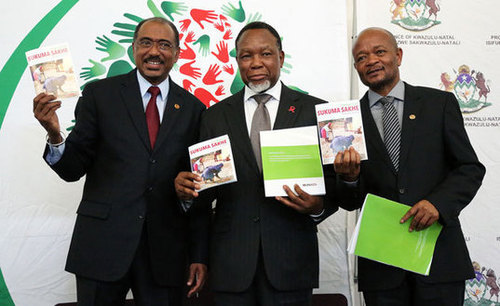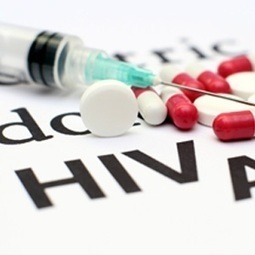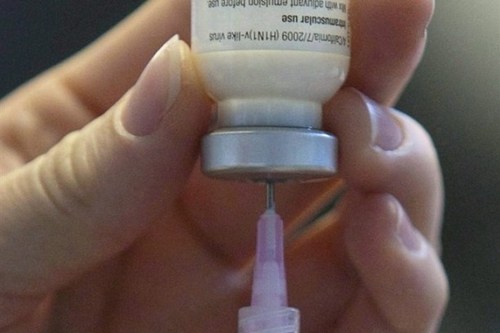I have been fortunate enough this week to be in Pretoria, at the first Animal and Human Vaccine Development in South Africa Conference (Twitter #AHVDSA): partly because it is a very timeous and necessary meeting to help to establish strategies for this purpose, and partly because there is a significant presence of some legendary figures of international and South African virology.
Marc van Regenmortel – who we count as local even if he lives in Strasbourg – helped Bob Millar and others at the University of Pretoria to organise this meeting. He also used the opportunity of having a bunch of old virological friends visiting him at the University of Stellenbosch’s STIAS to bolster the conference presentations.
So it was that we have Errling Norrby of Sweden with us; we have Fred Murphy of Ebola fame; Marian Horzinek of veterinary virology repute; Marc himself, our iconoclastic viral immunologist; Jose Esparza of the BMG and an eminent poxvirologist – and Jean-Marie Andrieu, an oncologist with an interest in tolerogenic HIV vaccines.
Local legends are present too: we have Daan Verwoerd, legendary orbivirologist and former Director of the venerable and distinguished Onderstepoort Veterinary Institute; Henk Huismans, who did the first molecular work on orbiviruses in the 1970s, and is still active; Bob Swanepoel, doyen of the African haemorrhagic fever viruses.
Good people.
Oh, and of course, me and Anna-Lise Williamson; Dion du Plessis of OVI; Lynn Morris of the NICD; Albie van Dijk of UNW; Glenda Gray of the MRC, among 150 delegates
A great meeting, all in all, and very timely, given the contents of the SA Governmental Bioeconomy Strategy document released recently.
- Legends alive: from left, Fred Murphy; Daan Verwoerd; Bob Millar; Henk Huismans; Errling Norrby; Marc van Regenmortel











